Crafting the Perfect Villain
On this craft episode of Dear Writer, we talk about how to craft the perfect villain, and the many reasons why the villain is so central to the plot of your novel.
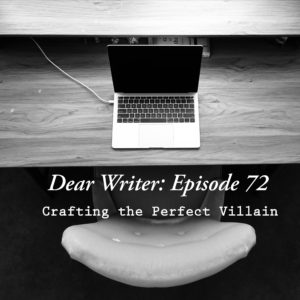
Episode Summary:
Main Discussion: Crafting the Perfect Villain
‘The bad guy’ or the villain is a critical element of your story. Some would say they are even as important as your protagonist. What is a villain?
Sarah: The definition of a villain from the Merriam-Webster dictionary is “a character in a story or play who opposes the hero.” They are the antagonist of your story. The one who’s actions go against your protagonist.
Ashley: They are usually (but not always) portrayed in contrast to the protagonist and end up committing cruel and immoral acts.
Why is it important to craft your villain well?
Ashley: You want a villain that is compelling. A villain that is convincing and doesn’t fall flat. For me, the best and creepiest villains are the ones that seem plausible. Yes, they are fictional but you could see how they could come into being. A character that is just evil for no real reason will fall flat, and the last thing you want is to put readers off your book or disengage. Additionally, since your villain is supposed to help reveal characteristics about your protagonists. If you don’t do this right, some of the key character changes won’t show through.
Sarah: The villain is largely what creates the conflict in your story. It doesn’t even need to be an actual person or creature, but it can even be the environment that is considered the ‘villain’. If the villain isn’t crafted well though, no matter who or what the villain may end up being, then the conflict in the story will also fall flat. And, your protagonist needs this conflict to be able to undergo their own character arc. Without conflict, your character won’t learn anything. The whole story falls apart, because the protagonist no longer has a purpose and you can’t reveal any sort of theme to the reader. This is why villains are so important to the overall plot.
The next part of this discussion is going to cover some of the characteristics of compelling villains. First, what are our thoughts on the strength relationship of the villain to the protagonist?
Ashley: From both a writing perspective and a story perspective, it is really compelling when the stories of the villain and the protagonist are closely intertwined. The closer the relationship, the more I like it. Obviously, this doesn’t work in every story but when you can do this, it adds an extra dynamic. We don’t do to a massive extent in our YA series, but we do it in the ancient Greece book. And that has made it very fun to write.
Sarah: Again, villains are about providing conflict. The stronger the relationship between the protagonist and the villain (or the antagonist), the more intense the conflict will be. The relationship doesn’t always have to be a personal relationship though to create this. In many books, the overarching villain also has a number of minions who provide the conflict while still creating mystery around the real villain and their motives. This can be helpful in longer series where you slowly want to ramp up the conflict as the series progresses, getting closer and closer to the ‘man behind the curtain’. We used this approach more in our teen fiction book. In our Ancient Greece book, our protagonist has had a stronger personal relationship with the villain. This can be helpful when providing contrast, particularly if your villain is following a diverging character arc to your protagonist. The villain may have even appeared to be ‘the good guy’ at the beginning but slowly deteriorates as the story continues.
How important is it that they are a good adversary?
Ashley: I think it more important that your villain is a balanced character. Not too weak, not too strong. They may appear invincible to the protagonist but in reality they have weaknesses and it doesn’t take a random act of god to defeat them.
Sarah: You need the villain to be a challenge for your character—if you make the villain too easy to beat, once again, there’s very little conflict and your character probably doesn’t have to learn a heck of a lot about themselves. If you make it too hard for your character, not only does your story turn exceptionally dark, but the theme and moral of the story can sometimes be lost. There are exceptions to this as I found when writing my short story in horror. The protagonist does not always have to defeat the villain! But my piece still had a moral theme that was actually enhanced by the protagonist’s defeat. So make sure, if your protagonist does meet an untimely end at the hands of the villain, that there is a point to it. Otherwise the reader is left feeling a bit melancholy and confused by the ending.
The morality (not evil for evil’s sake) of the villain?
Ashley: I think this is critical and gets into a really important discussion about motivations and backstory (see later questions). Villains that feel evil for no reason, fall flat. You can make your villain as evil and twisted as you want as long as readers can understand where his darkness has come from. Also, your villain, in my opinion, needs to have limits. They need to have moral standards whatever those may be. Eg, a dark and stomach churning serial killer maybe has no problems slaughtering men but perhaps he refuses to harm dogs. Basically, a limit that makes them feel human.
Sarah: Evil for the sake of evil only works in a very limited setting and usually in horrors. But even then, there is usually something in particular the villain ‘wants’, just like the protagonist ‘wants’ something. These are always conflicting wants, which cause the villain and the protagonist to come into conflict. The reasoning behind what the villain wants is what makes them feel real. And to be clear, what the villain wants is not necessarily a bad thing, but it seems bad to your protagonist because they can’t both get what they want. I think here the old adage that ‘every character is the protagonist in their own story’ is key: If you were telling the story from the point of your villain, it might seem like the protagonist is actually the villainous one. They don’t need to be evil to make for an exciting story.
Like your protagonist, the villain also needs strong motivations and a backstory to make them believable. Let’s talk about crafting realistic motivations and backstory, and why it is so important.
Ashley: Villains don’t exist in a vacuum. To them, they are the hero of their story. So giving your villain a credible backstory is just as important as giving one to your protagonist. It is how the villain got to this place in their life. What events happened in their past to shape them into who they are? What are their values and morals? Importantly, what are their motivations. If it is world domination, why? We actually had a really hard think and a re-writing of our villain in our YA series. We wrote him, and he felt wrong. The motivations we gave him were fine but the reasons behind the choices he made were weak. My husband noticed this as well when beta reading. After finishing the book, and sending it to a few agents we actually revisited his motivations and his backstory to make it more plausible and believable. It helped immensely.
Sarah: I sort of went a bit into this in the last question. Like I said, conflicting wants with your protagonist is key, with each party doing everything and anything to have things end up in their favour. So, how do you make this realistic though? You’ve probably put a great deal of thought of why your character wants what they want. Their backstory brings them to where they are in the story, and provides motivation for your character. You also have to think about your villain in this way: What do they want? Why do they want it? What events led them to this point? Doing this makes your villains less like basic archetype. You want the villain to seem dangerous and hellbent on wreaking destruction in your protagonist’s life. A villain who doesn’t have a strong backstory often ends up feeling like a stereotype, which doesn’t have a great impact on your readers. No one wants their readers thinking ‘yawn, I’ve seen this all before. They have a fight, the protagonist wins’ even though at 99% of the time this is what eventually happens! To make the stakes seem real to the reader, the villain must seem real. Which means your villain should be a rounded character in their own right.
What are our tips for writing a good villain?
Ashley: 1. Nail down realistic motivations and backstory from the start. It’s hard to re-write a villain later. 2. Make sure the villain has a redeeming or likeable quality. I love villains that are clearly evil but you feel sympathy for them because of some quality that they have. 3. Description. I love it when you can clearly picture the villain in your mind. Use vivid description to help evoke the desired reactions from your reader.
Sarah: 1. Answer the questions I previously mentioned about motive. What do they want? Why do they want it? What is their backstory? 2. You can also play with twisting their perspective. People often want things for what they think is a noble reason, but they are actually fooling themselves and feeding themselves and others excuses—really their desire is selfishly driven. Or a villain’s actions might have started out as well-intended, but their plans have fallen through and snowballed, leaving the villain to try to fix things (and they usually try to fix things in the wrong way!) 3. Back to another point I’ve already mentioned: What the protagonist wants must be in opposition to what the villain wants, even if it doesn’t seem this way at the beginning. 4. There is usually an overarching villain, but roles can change as a story progresses—the person who started out as ‘the villain’ may not be the true villain who reveals themselves later in the story.
We talked about relationship cliches that annoyed us. What about villain cliches that make your story fall flat?
Ashley: Cliché dialogue always makes me cringe. “Say goodbye to…” and maniacal evil laughs.
Sarah: I hate stereotypical bad guys, who are all brawn and no brain (and no backstory). I agree with Ashley when it comes to maniacal evil laughs. Villains that barely put up a fight (because as discussed then there’s no conflict). Lastly, I feel it’s OK for the villain to want to have a long speech about how amazing they are before killing the protagonist if it’s done right. What’s not OK in this scene is where the protagonist actually stays long enough to listen, particularly if someone is dying and needs help. If you want to have a classic villain’s speech, trap your protagonist so they have to listen. I read one book where they were in a fire, people were dying, and the protagonist is casually having a discussion with the villain about the whole ins and outs of the villain’s plan. This sort of situation doesn’t ring true. THE PLACE IS ON FIRE.









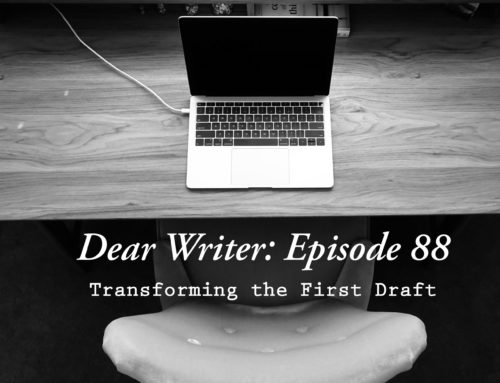
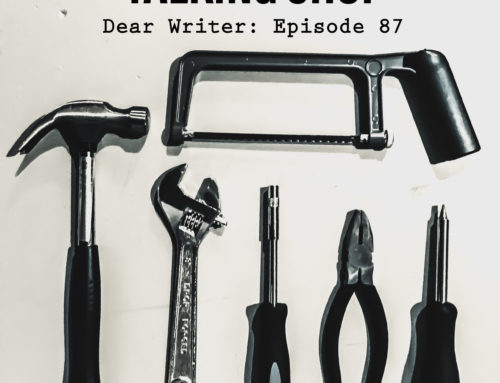



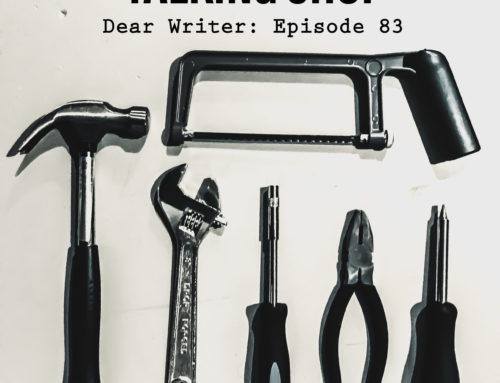


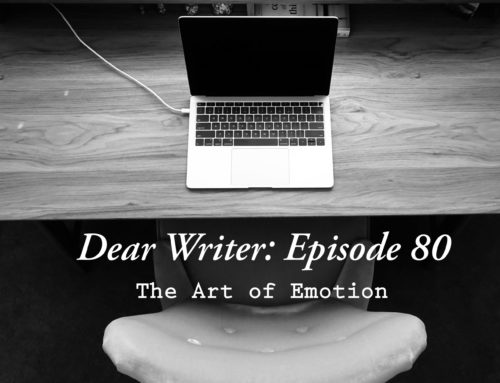
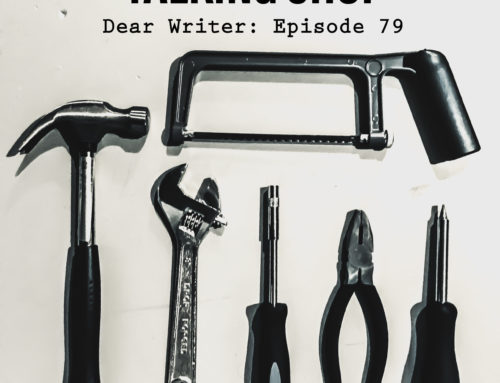
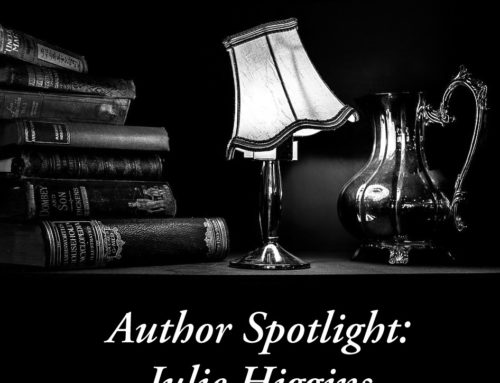

Leave A Comment